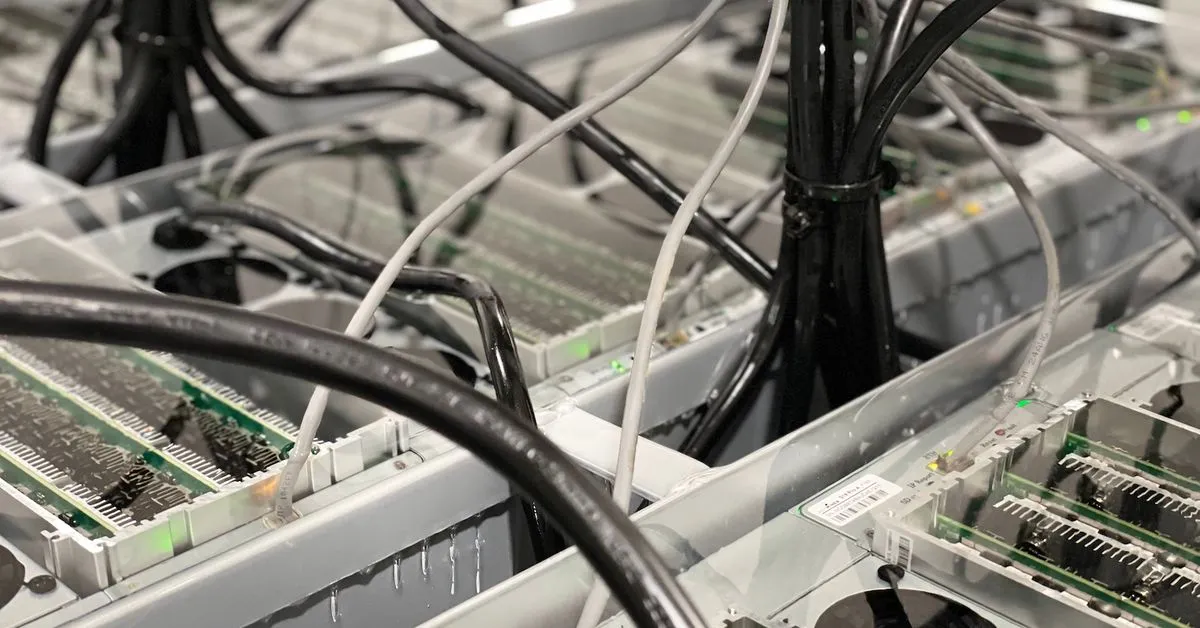Texas is the largest power producer in the U.S., and is home to both fossil fuel and renewable energy generation. It is also one of the world’s foremost bitcoin mining hubs, with about 1.5 gigawatts (GW) of mining as of August 2022. This has led to debates over the integration of bitcoin mining into power grids, with local grid operator, the Electricity Reliability Council of Texas, using economic incentives to align miners’ interests with those of the public. These incentives, which come in the form of various demand response programs, have come under fire from local residents and legislators, said Jackie Sawicky, founder and leader of the group Concerned Citizens of Navarro County.
Riot Platforms (RIOT), one of the largest bitcoin miners in the world, is at the heart of these debates. Texas legislators recently proposed Bill SB 1751, which initially passed the State Senate, but failed to make it through a House committee in May. This bill would have capped the mining industry’s participation in such programs to 10%. Riot is developing two sites in Texas, in Navarro and Milam counties, with a total energy capacity of 1.7 gigawatts (GW).
The debate over bitcoin mining in Texas is complex, with both sides making valid points. On one hand, miners are accused of taking advantage of state incentives for their own profit, leaving citizens to foot the bill. On the other hand, Marathon Holdings (MARA) CEO Fred Thiel believes miners are actually contributing to grid development and stability. Most people don’t understand that bitcoin miners act as great load balancers and are very complementary to the grid in Texas, he said.
The residents’ group also accuse the miners of failing to make sufficient tax and community contributions. Riot noted a deferred tax benefit of $11.7 million in taxes in 2022, primarily due to changes in contingent consideration liability. The firm pays 100% of its local sales tax, it said, but is exempt from this duty on a state level, along with other data centers.
The industry argues that miners bring precious jobs to underdeveloped communities, but Sawicky thinks the employment footprint is miniscule. Riot will bring up to 400 jobs to Navarro, once it is fully operational, and the expansion of the tax base will be beneficial to the county, according to Navarro County Director of Economic Development John Boswell.
At a bill hearing, Senator Kolkhorst cited a report claiming electricity bills grew by $300 when miners’ set up in New York’s Plattsburgh. The New York Times said in an article that bills have increased 5% per year in 10 mines it studied. When miners cluster in an area, critics claim, demand and prices for electricity rise.
Recent peer-reviewed research led by Texas A&M University found that bitcoin mining can provide load flexibility that could potentially avoid all reliability concerns without major economic loss, while the price responsiveness of bitcoin miners can mitigate market disruptions.
The Navarro citizens also take issue with how Riot set up their site in a residential neighborhood, without informing or consulting the residents ahead of construction. On top of all the concerns about miners’ impact on the grid and local communities lie environmental issues. Even if Riot uses 100% renewable energy, we will never divest from fossil fuels, we will never transition to renewables as long as the bitcoin blockchain is being used at scale, said Sawicky.
The debate over bitcoin mining in Texas is ongoing, with both sides making valid points. Economic director Boswell said the county can meet Riot’s needs while satisfying local residents as well. Sawicky, a self-proclaimed hippie and environmentalist, remains unconvinced.
